.
The Goodwe MS inverter is a Solar inverter like no other. In this Goodwe review, I’ll explain how the triple tracking inverter can do what even Fronius cannot. But through my testing, I’ll show you why the Goodwe MS will not replace the Fronius inverter but will instead act as a more affordable solution on a home where Enphase would otherwise be required. An unorthodox comparison I’ll admit – but stick with me.
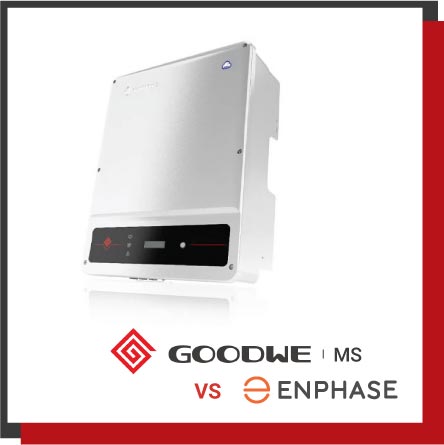
While the Goodwe MS inverter has got some things right, this review will point out where Goodwe should (and easily could) make 2 simple changes that would make the MS inverter practically as safe and flexible as Enphase for a fraction of the cost.
Who is Goodwe?
Goodwe is a solid Chinese company with a reasonable reputation for building affordable solar inverters. Additional to making inverters for themselves, they make inverters for LG Chem, Redback, and GE, and previously Zeuss Apollo.

They were founded at the beginning of the solar boom in 2008 and entered Australia in 2011. They have 13 staff in Australia. That stable Australian presence puts them leagues ahead of many Chinese inverters. So after 10 years in Australia, what is their reputation for reliability and after-sales service?
We’ve installed a grand total of one Goodwe – the one that I’ve been testing for the last 6 months. So before getting into the weeds, I thought it was best to get the industry’s attitude towards Goodwe from the solar installers leading Facebook page, “Solar Cutters”. While only a few people complained bitterly about Goodwe, the majority were more aligned with a comment from Jason at Jet Solar in Melbourne.

“I’m probably the biggest Goodwe fan on Solar Cutters. I can’t speak highly enough of the Goodwe products and also the service, it is top class.“
Jason goes on to say that he has installed over 400 Goodwe inverters and has not had a single failure in over 3 years. Considering Jet Solar’s reputation, I’d say that’s a fair decent testimonial. But let’s look a bit deeper.
The Goodwe MS inverter
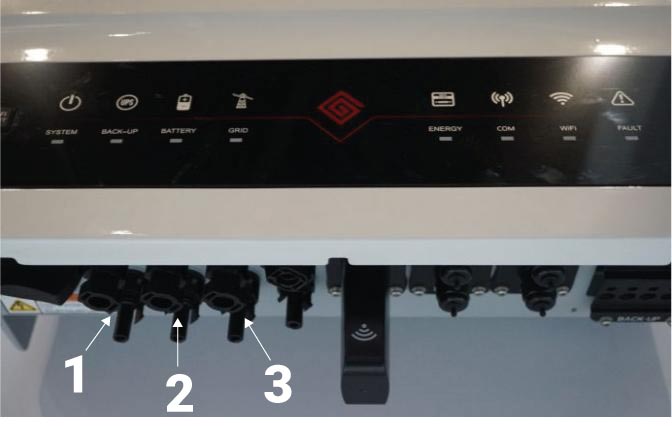
As mentioned, this review is specifically about Goodwe’s MS model, their unique inverter with 3 trackers. It’s a single phase inverter available in 5, 6, 8.5 and 10KW.
If you are interested in Goodwe’s standard model with 2 trackers, stay tuned. Goodwe have a really interesting, updated model coming in the second half of 2022. I will be getting that inverter to test it side by side with Sungrow. So far it sounds promising.
For now, let’s dissect the Goodwe MS model and see what we find. First, we’ll brush past the peripherals.
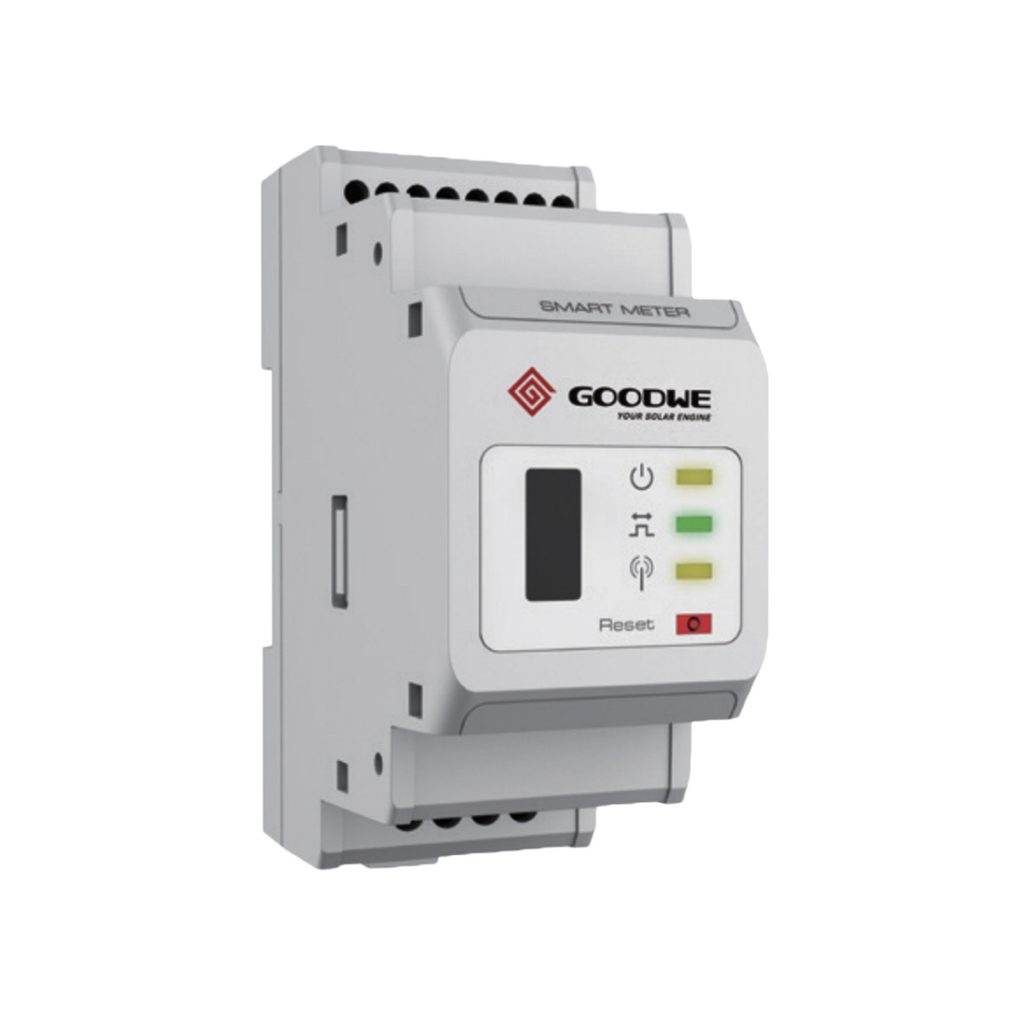
- The consumption meter solution is expensive, and it is unworkable in tight spaces. Consumption monitoring is vital. Fortunately the CatchPower Solar Relay can be used in place of Goodwe’s unimpressive Homekit. More interestingly, Goodwe may be coming out with an improved consumption meter later in the year. Stay tuned for my future Goodwe Blog.

- It runs hot as hell. Heat kills electronics, so that’s not great. My tests showed the Goodwe ran up to 15 degrees hotter than a Fronius snap inverter when running at full power. That’s not such a fair comparison because most inverters I have tested will run about 10 degrees hotter than Fronius.
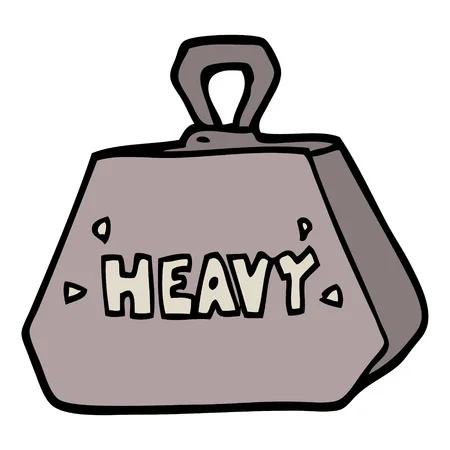
- It’s big and heavy. I like that – built like a brick lavatory. But it’s what’s inside the brick house that makes it more interesting, particularly a third MPPT.

- The Goodwe warranty document listed on their website is concerening (labelled Rev 3.1 20211206). They say they don’t pay for labour or transport unless they have a “special agremement” with the customer. The version I was sent (also labelled Rev 3.1 20211206) had an interestingly reworded sentence to say GoodWe does cover labor and transport. I won’t post that document here, beceasue, what value is a warranty document that you got from a random blog? I’d suggest you wait and see if the website verion is updated if you intend on purchasing a GoodWe.

- The monitoring platform is ok. It’s good enough for the end user, not great if you want to look a bit deeper and fault find.
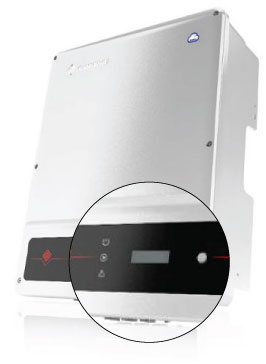
- It’s got a screen. Hallelujah! Screens prove useful when the WiFi fails.
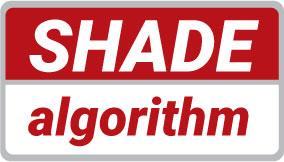
- It has a “shade algorithm” but out of the box it is pretty useless. More on that later.
Now it’s time to look into the interesting stuff…
Goodwe’s Tripple Tracker
The job of a Maximum Power Point Tracker is to adjust the voltage and current in order to get the most power out of your inverter in any given amount of shade or sunshine. Most residential solar inverters on the market have 2 maximum power point trackers, so why would you want three of them? With three MPPT’s you can connect the three separate groups of panels, with each group having a different number of panels at different orientations. The performance of group of panels will not affect the other. Three MPPT’s will allow for a better design on a complex roof.
Let’s be clear: three trackers are not usually necessary on a residential solar installation. Even if you have panels in 3 orientations, you can still use an inverter with just 2 trackers. Read this blog for an explanation.
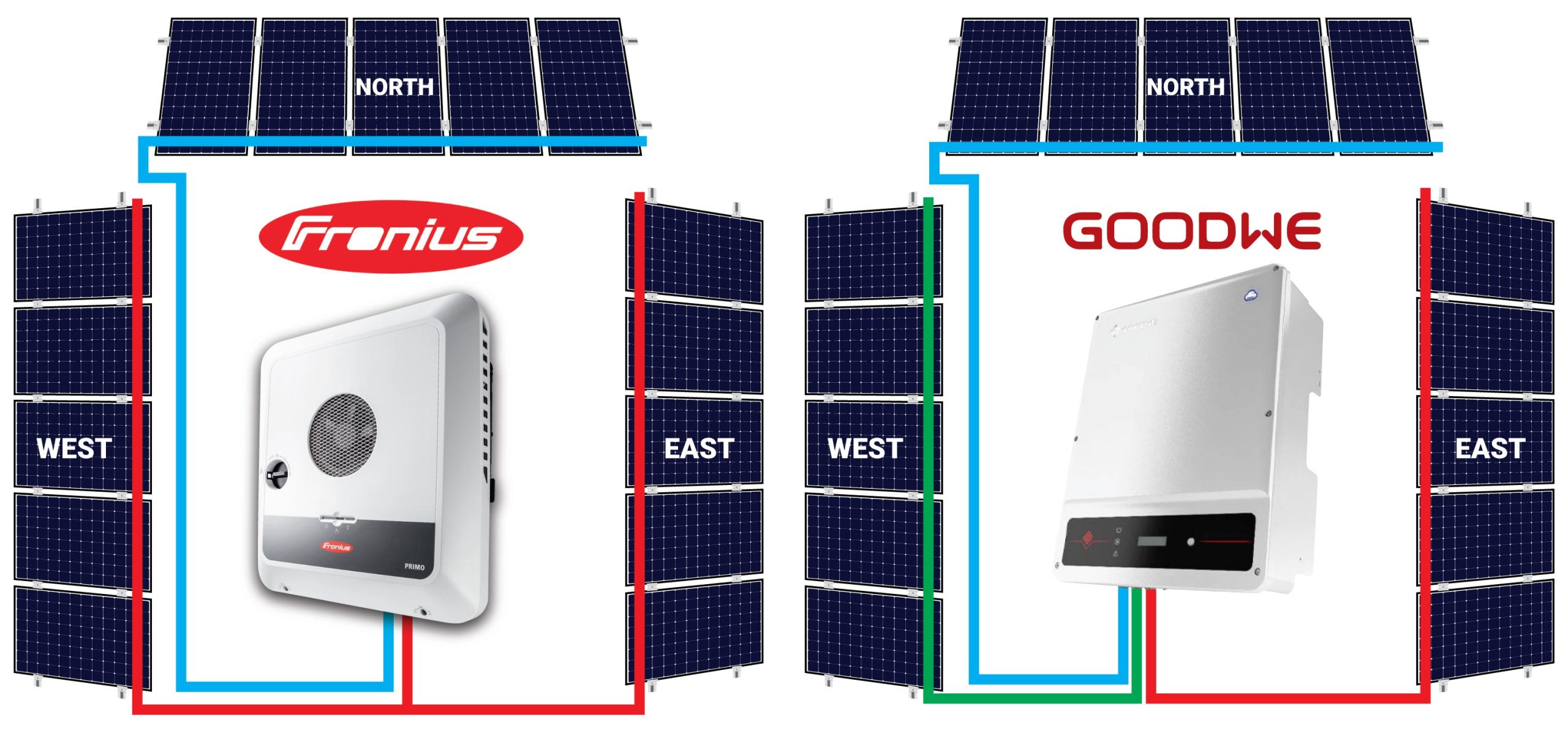
But do 3 trackers perform better if your roof has 3 different orientations? We set up a test, with panels in 3 orientations going into each inverter. With the Fronius inverter you had to parallel the east and the west string. As expected Fronius ran about 1 percent less than Goodwe on a clear day. In my opinion, that’s not enough of a reason to buy a Goodwe over a Fronius inverter, but it’s a start.
Goodwe on small roofs
So Goodwe has a good solution for complicated roofs, but what if you have a really small roof and you just want to put handfuls of panels wherever you can. In the past, and still even today, some string inverters required 4 or 5 panels in one orientation just to start up. Small roofs were the domain of Enphase microinverters. Enter the Goodwe MS inverter. All you’ll need is three panels in a string – so that little wasted roof can now be the home of 3 more panels.
But Enphase has always claimed it had a trump card: shade. How does Goodwe fair in the shade?
Goodwe as a shade solution
Enphase’s so-called trump card on shade has some merit, but it is largely misdirected. It’s not that Enphase can’t deal well when some of the panels are shaded, it’s just many quality string inverters such as Fronius, can also work well with partial shade. Check out the video below if you don’t believe me.
In the video above, I proved that Fronius works similar to Enphase in many shade situations. For this review, we’ll compare Goodwe to Fronius – in the shade, and on three orientations.
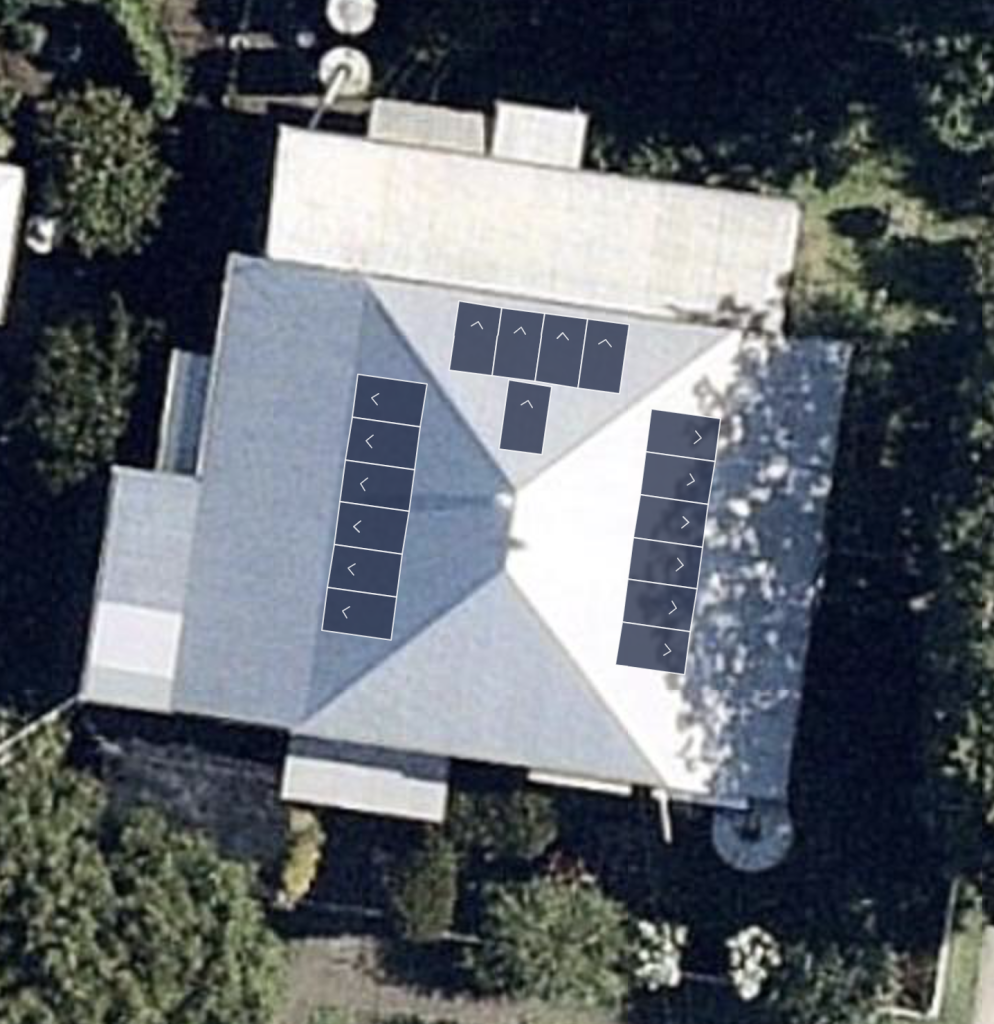
Which inverter will perform better? Looking at the Fronius, because the east and west strings are paralleled, you would think that the western panels would be dragged down by the shaded eastern array. With the Goodwe system, all 3 Goodwe strings should work independently – so the Goodwe should produce more.
But this is why we crash test rather than just read spec sheets. Much to my surprise, half of the time, the Fronius inverter outperformed. The reason? Fronius has a better shade algorithm.
What is a Shade Algorithm?
Well, that’s just my term, because when I say “GMPPT” eyes usually glaze over. Its correct name is a Global Maximum Power Point Tracker, or a GMPPT. Stay with me.
The job of the shade algorithm is to make infrequent adjustments to the voltage to get the most power out of the panels in any given shade situation.

Not all inverters have it. Fronius calls it “Dynamic Peak Manager” which was obviously named by nerdy Austrian Photovoltaics Engineers.

SMA’s marketing team logically called it “Shade Fix”. Most budget inverters don’t have it, you get what you pay for.
I was excited when I realised the Goodwe inverter has a GMPPT – until I tested it. I found out that while the inverter was built like a brick dunny, the shade algorithm was as useful as a chocolate teapot.
Remember, the job of the shade algorithm (or GMPPT) is to get the most power out of your solar panels in any given shade situation. The Shade Algorithm consumes a tiny bit of energy to do this. To conserve energy, inverters are usually set to do this about once every 10 minutes or so. Every 10 minutes, it adjusts the inverter’s voltage to make sure it squeezes the most power from the solar panels. If shade has moved across the panels since the last scan, a good GMPPT can make significant production improvements.
The Goodwe chocolate teapot only checks for shade every hour and a freeking half. So, when Fronius finds a better PowerPoint within 10 minutes of a panel being shaded, Goodwe takes 90 long and painful minutes before it even bothers looking. But, unlike most Chinese made inverters, at least GoodWe bothers to look.
I contacted the blokes at Goodwe, and after a bit of time, they managed to update the Firmware on my inverter to operate every 2 minutes. Problem solved. The inverter that was built like a backyard brick toilet worked like a chocolate, chocolate-bar. Delicious.
An important side note about shade. Most solar panel manufacturers have clauses in their documentation to get out of honoring your warranty if panels are installed in the shade. You can read my “Solar Panel Warranty Loopholes” blog to find out more.
And that’s my first point. If Goodwe could update its inverter to come stock standard with a Shade Algorithm that can adjust down to 2 minutes, then it would be an amazing shade solution. Probably better than Fronius AND Enphase. But even if it did this, Enphase has one more trick up its sleeve. Safety.
The inconvenient truth about string inverters.

This section is a precursor to my next blog – it’s a huge point – but nobody seems to be paying attention. The Achilles heel of traditional string inverters is that they operate at potentially dangerous DC voltages. DC voltages can, under fault conditions, cause significant arcs. It would be dishonest to make too big of a point about the potential danger of a house fire caused by arcs. A significant and pathetic chain of negligence and misfortune would have to collide to create a house fire from a solar system. Nevertheless, DC power is a risk – and responsible electricians have an understandable obsession about minimizing the risk of causing a house fire.
Fortunately, quality solar inverters are now adopting an existing technology to eliminate that risk. Testing that technology has been my recent obsession. It’s another four-letter acronym: AFCI.
What is FIRE STOP
In keeping with my theory that people go blank when they hear inverter acronyms, I’ve coined the term “FIRE STOP”. The real name is “Arc Fault Circuit Interruption”, or more commonly, AFCI. The acronym should speak for itself. If there is an ARC, caused by a FAULT in your solar system, this technology built into the inverter will INTERRUPT the CIRCUIT, (or turn the inverter off) so the arc does not cause a fire. “FIRE STOP” also speaks for itself, but in plain English.
AFCI on inverters is genius. It works like magic. I’ve tested it on Sungrow, Huawei, and other string inverters. It’s also available in Goodwe inverters as an option BUT… nobody imports that safer option into Australia because it costs another fifty lousy bucks.
“Nobody imports the safer option into Australia because it costs another fifty lousy bucks.”
A pineapple could prevent a house fire.
If Goodwe can get AFCI in their inverters as standard, then it will be a gamechanger for safety.
Conclusion. A Betterwe.
The Goodwe inverter is not the greatest – it’s not pretending to be Fronius. The published warranty doesn’t cover labor or transport. The monitoring platform is a bit “meh”, the consumption monitoring is pretty “bleh” and it runs a tad hot. Still, from what I have heard, I believe it to be a reliable work horse that represents value for money.
However, the 3 trackers in the MS model gives Goodwe the potential to be an affordable Enphase alternative. If they brought in the ARC STOP for added safety and tweaked the Shade Algorithm, then the MS inverter would be unique. From what I’ve seen so far, I’d promote an updated Goodwe MS inverter over Enphase any day.
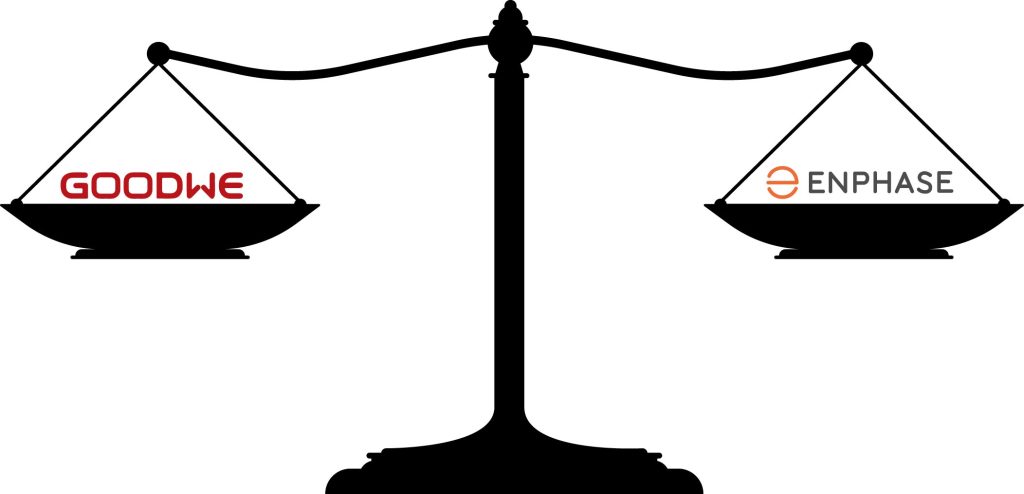



5 Responses
Hi Prosper, Mark discusses his surprising findings about this in his latest video: https://youtu.be/EtJMErVw7Kk
A great article about solar!
I’ve only really heard good things about Goodwe, sure, there not a Fronius or Solar Edge but they meet a price point. However i do wonder does the Goodwe inverters have the Huawei kit inside. I know the Americans got rid of Huawei because of national security and energy security reasons.
After it’s shade tracking algorithm was updated to track every two minutes, did the goodwe outperform the fronius?
If you listen to the media you could be forgiven for thinking that Tesla Powerwall is the only solar power battery storage device available.